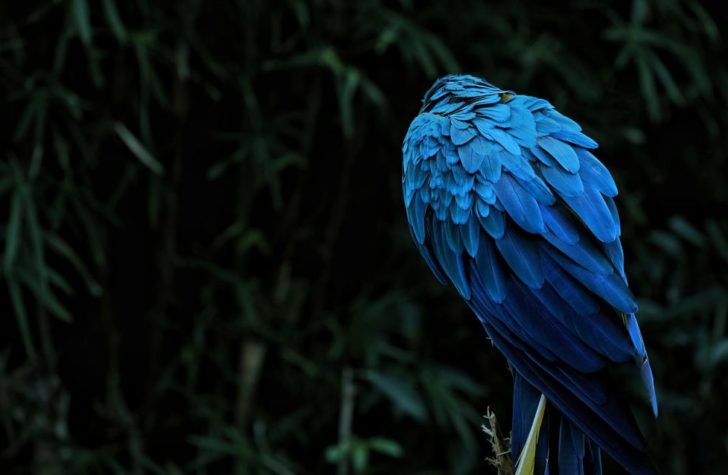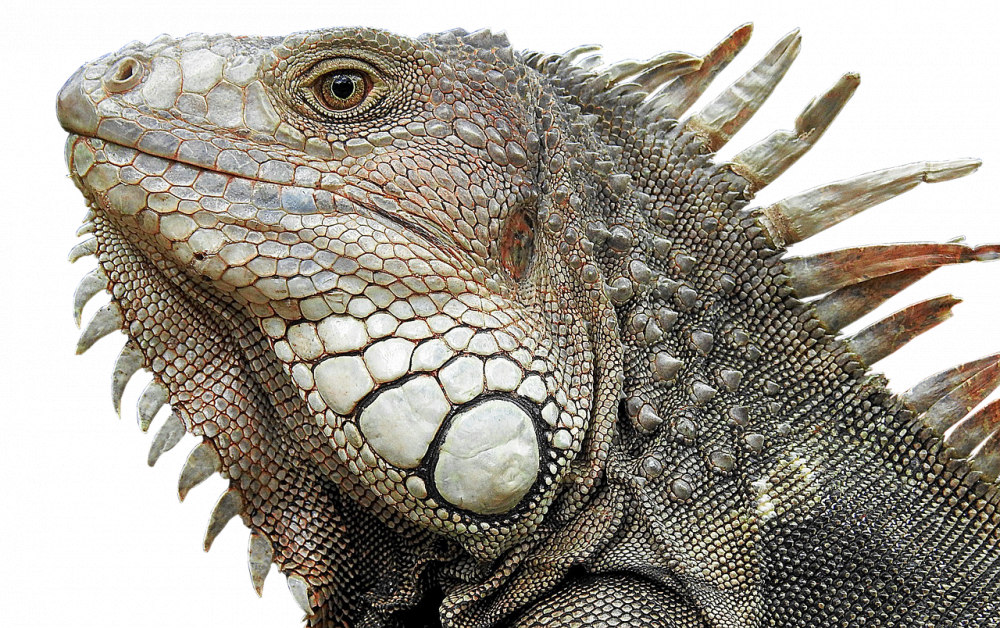South America is home to a diverse range of wildlife, including some of the smallest cat species in the world

. These small feline creatures have captured the fascination of animal lovers around the globe. In this article, we will provide a comprehensive overview of South America’s smallest cat species, exploring their characteristics, types, popularity, and more.
South America’s Smallest Cat Species: A Closer Look
Overview of South America’s Smallest Cat Species

South America boasts several unique and fascinating small cat species. Among them are the oncilla, also known as the little spotted cat, and the colocolo, commonly referred to as the Andean mountain cat. These cats may be small in size, but their presence has a significant impact on the ecosystem they inhabit.
Presentation of South America’s Smallest Cat Species
1. Oncilla: The oncilla, or Leopardus tigrinus, is one of the smallest cat species in South America. It is found primarily in the Amazon rainforest and other tropical regions. Known for its spotted coat, the oncilla is an agile climber and a skilled hunter. Despite its small size, it displays impressive strength and dexterity.
2. Colocolo: The colocolo, or Leopardus colocolo, is another small cat species found in South America. It is native to the Andean regions, including Chile, Argentina, Bolivia, and Peru. With its beautifully patterned fur, the colocolo is well-adapted to surviving in the harsh mountainous terrain. Due to its elusive nature, it remains a mysterious and less studied species.
3. Popularity and Conservation: While small cat species like the oncilla and colocolo may not enjoy the same level of popularity as their larger counterparts, they have captivated the attention of wildlife enthusiasts and conservationists. Efforts are underway to protect their habitats and raise awareness about their conservation needs.
Quantitative Measurements of South America’s Smallest Cat Species
Understanding the physical dimensions of these small cat species can provide valuable insights into their unique adaptations.
1. Size and Weight: The oncilla measures approximately 40-50 centimeters in length and weighs around 2-3 kilograms. In comparison, the colocolo is slightly larger, with a length of about 55-65 centimeters and a weight of 3-5 kilograms.
2. Habitat Range: The oncilla is primarily found in dense tropical forests across South America, while the colocolo inhabits the rugged Andean regions at higher elevations. Their habitat preferences reflect their different evolutionary paths and adaptations to specific environments.
Comparing South America’s Smallest Cat Species
Although both the oncilla and colocolo are categorized as small cat species, they exhibit notable differences in physical features, behavior, and habitat preferences.
1. Physical Characteristics: The oncilla has a slender body with a coat patterned in rosettes or spots, resembling a miniature leopard. In contrast, the colocolo has a stockier build with a more distinctive coat pattern, including stripes and dots. These distinct markings contribute to their camouflage and aid in their survival within their respective habitats.
2. Behavioral Traits: While both species are elusive and nocturnal, the oncilla is more arboreal and skilled at climbing trees, whereas the colocolo is more terrestrial, adapted to navigate mountainous terrain. These behavioral differences reflect their adaptations to different ecological niches.
Historical Evolution of South America’s Smallest Cat Species
Exploring the historical context of South America’s smallest cat species can shed light on the challenges they face and the importance of conservation efforts.
1. Benefits: Small cat species play vital roles in maintaining ecosystem equilibrium. Their predatory activities control populations of their prey, ensuring the balance of the food chain. They also serve as indicators of ecosystem health, as their population trends reflect changes in habitat quality and availability.
2. Challenges: The historical decline in habitat due to deforestation, illegal hunting, and the encroachment of human settlements poses significant threats to these small cat species. As apex predators, their loss can lead to detrimental ecological consequences, thereby underscoring the need for conservation measures.
In conclusion, South America’s smallest cat species, such as the oncilla and colocolo, possess unique characteristics that set them apart from their larger feline relatives. Understanding their physical attributes, behavioral traits, and historical evolution is crucial for their conservation and the preservation of their diverse habitats. By raising awareness about these remarkable creatures, we can instill a sense of responsibility in protecting their future.

















